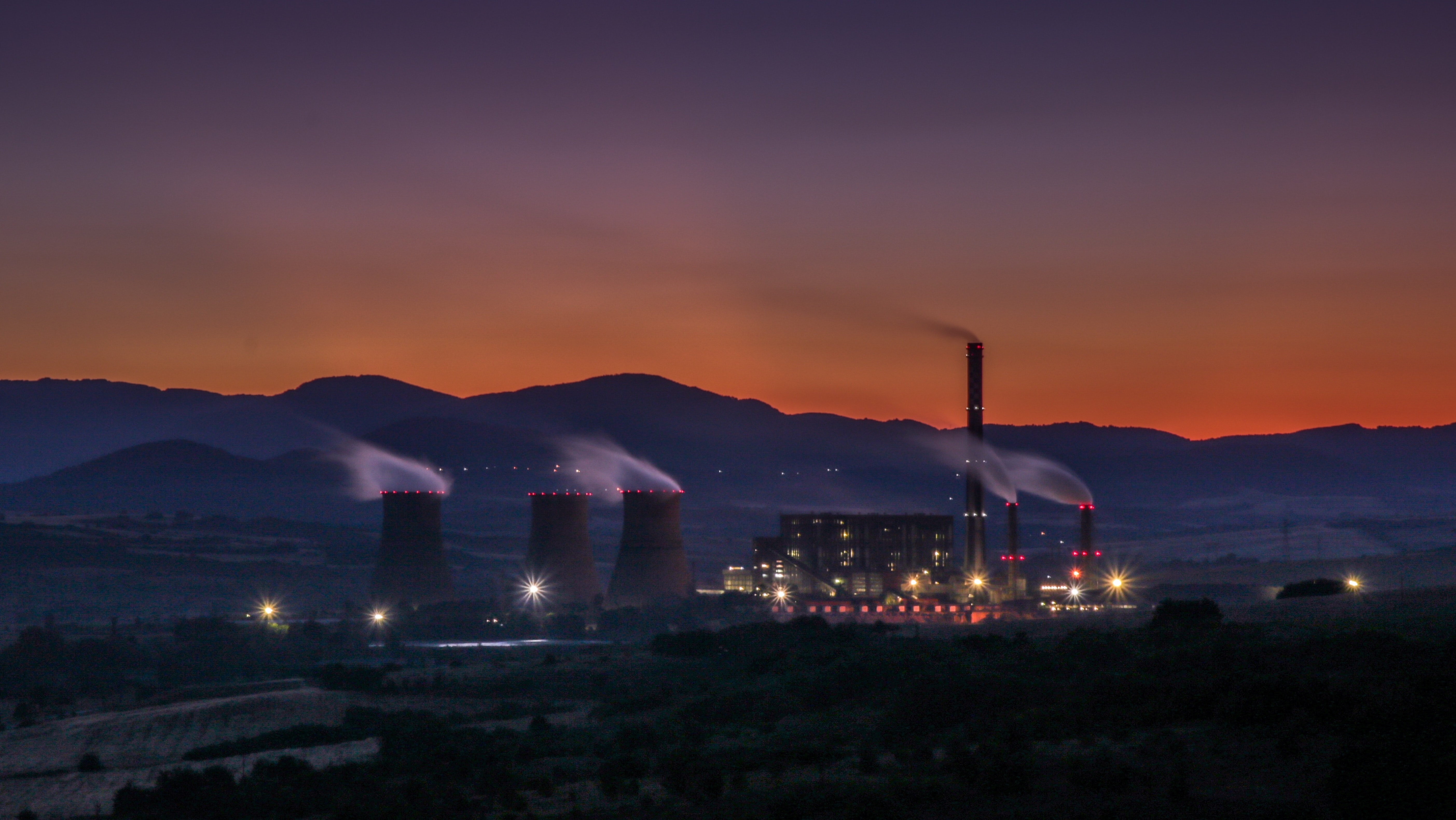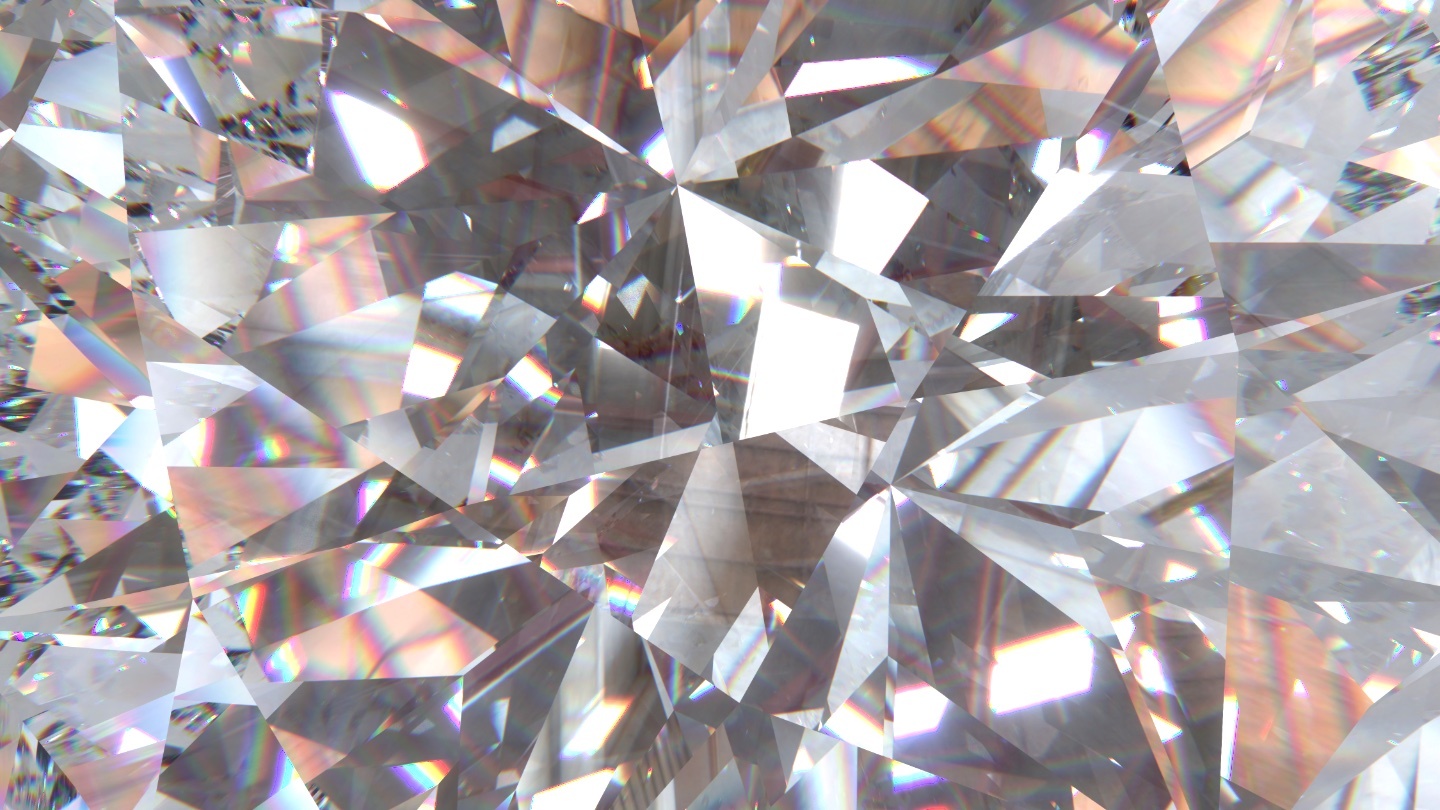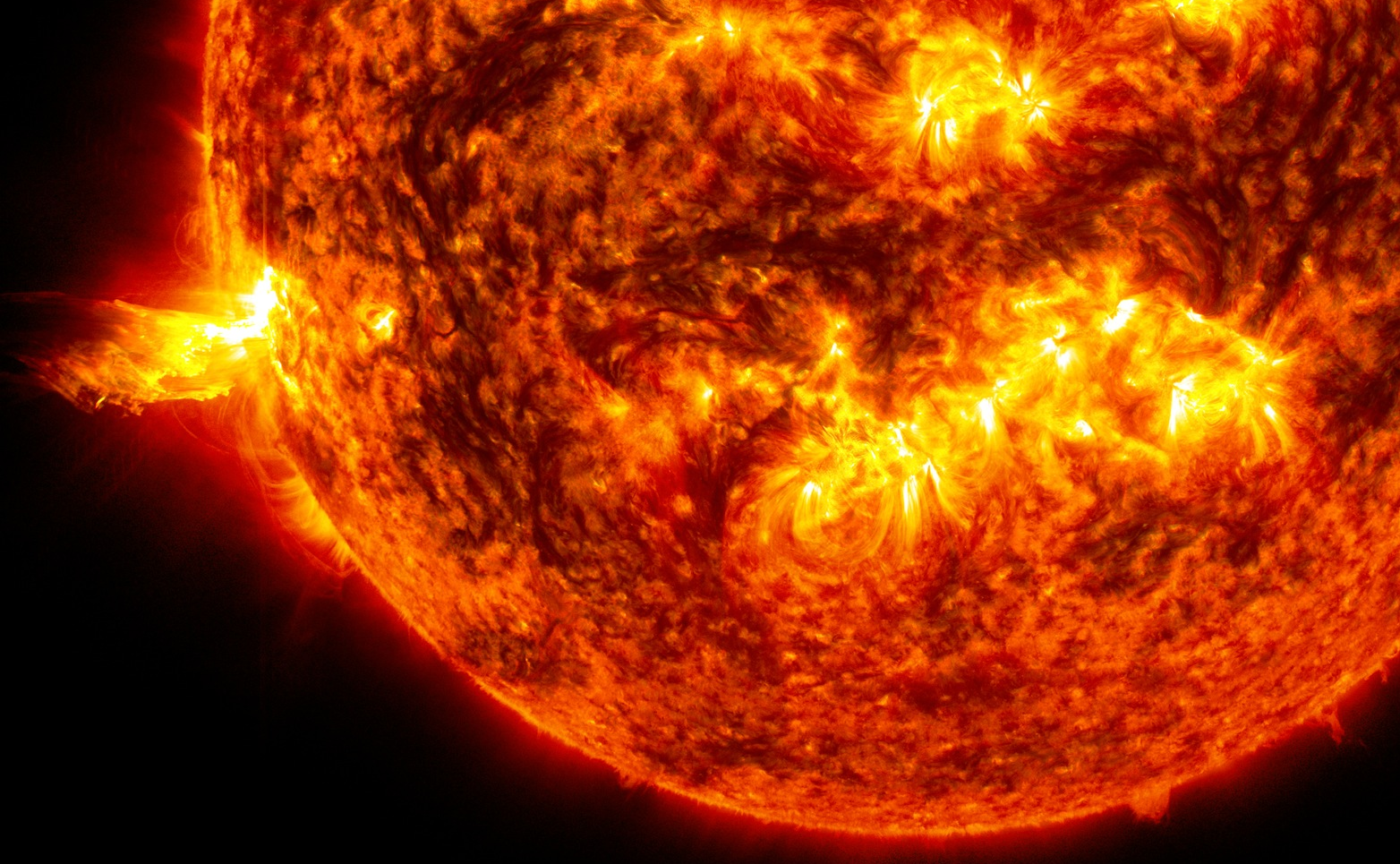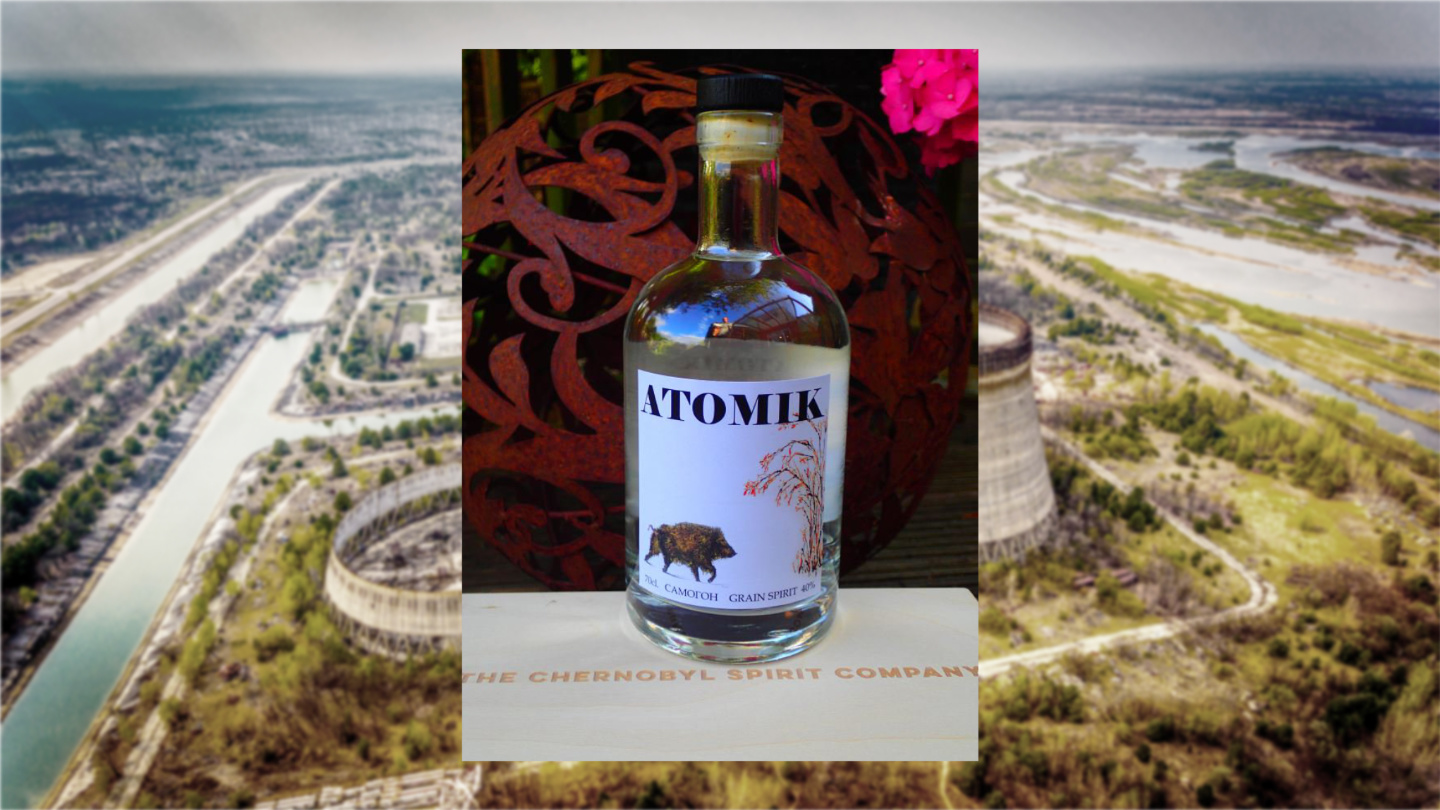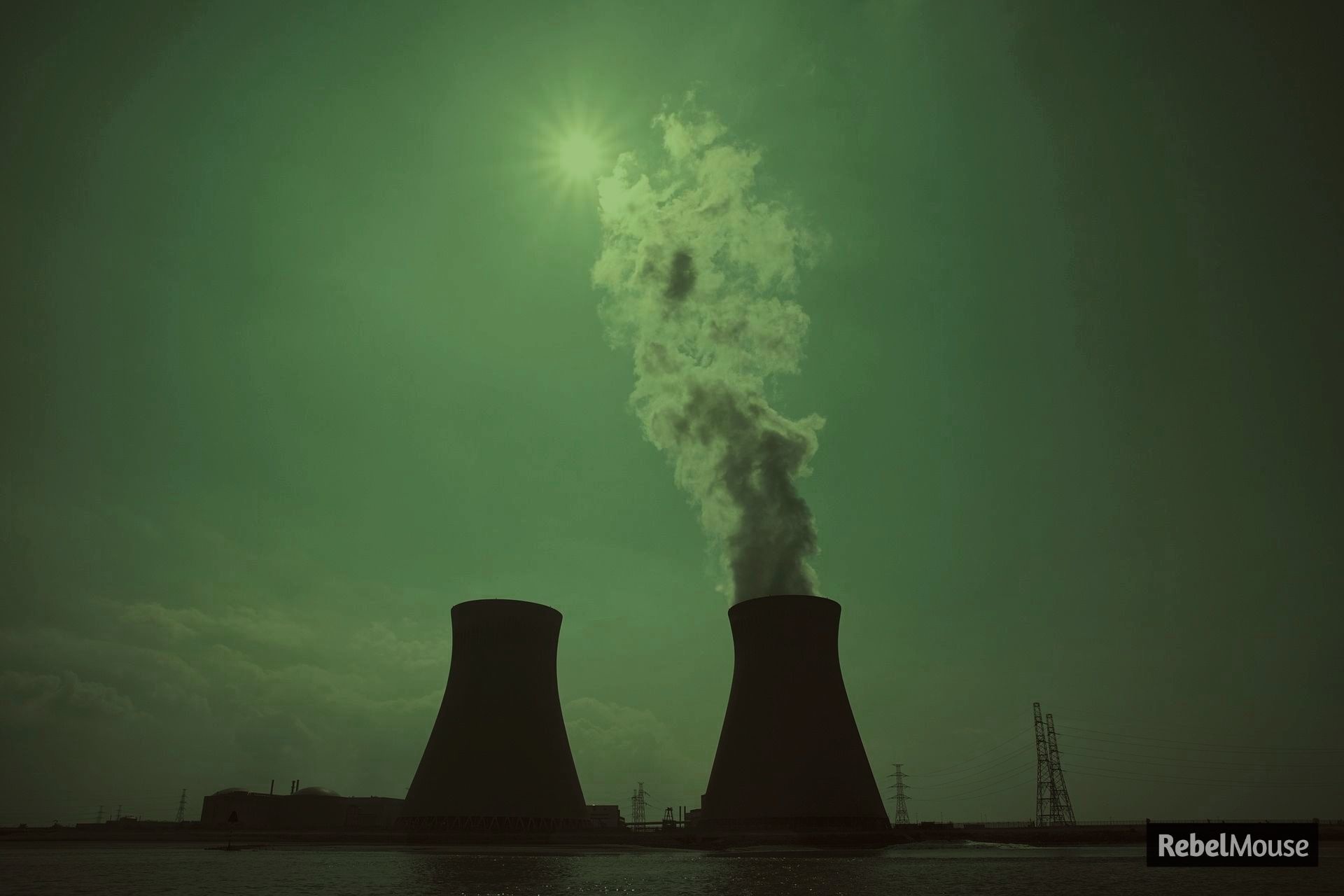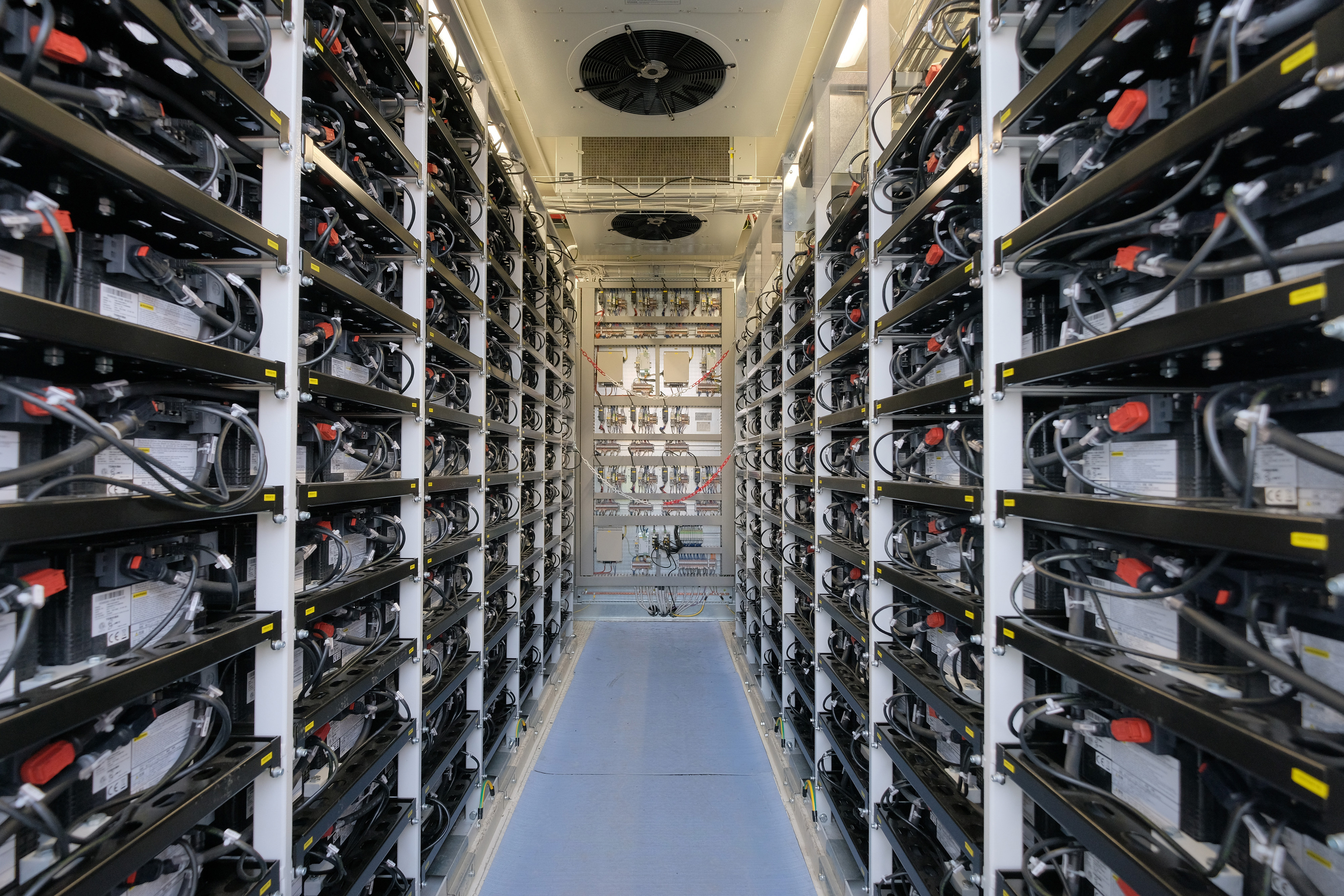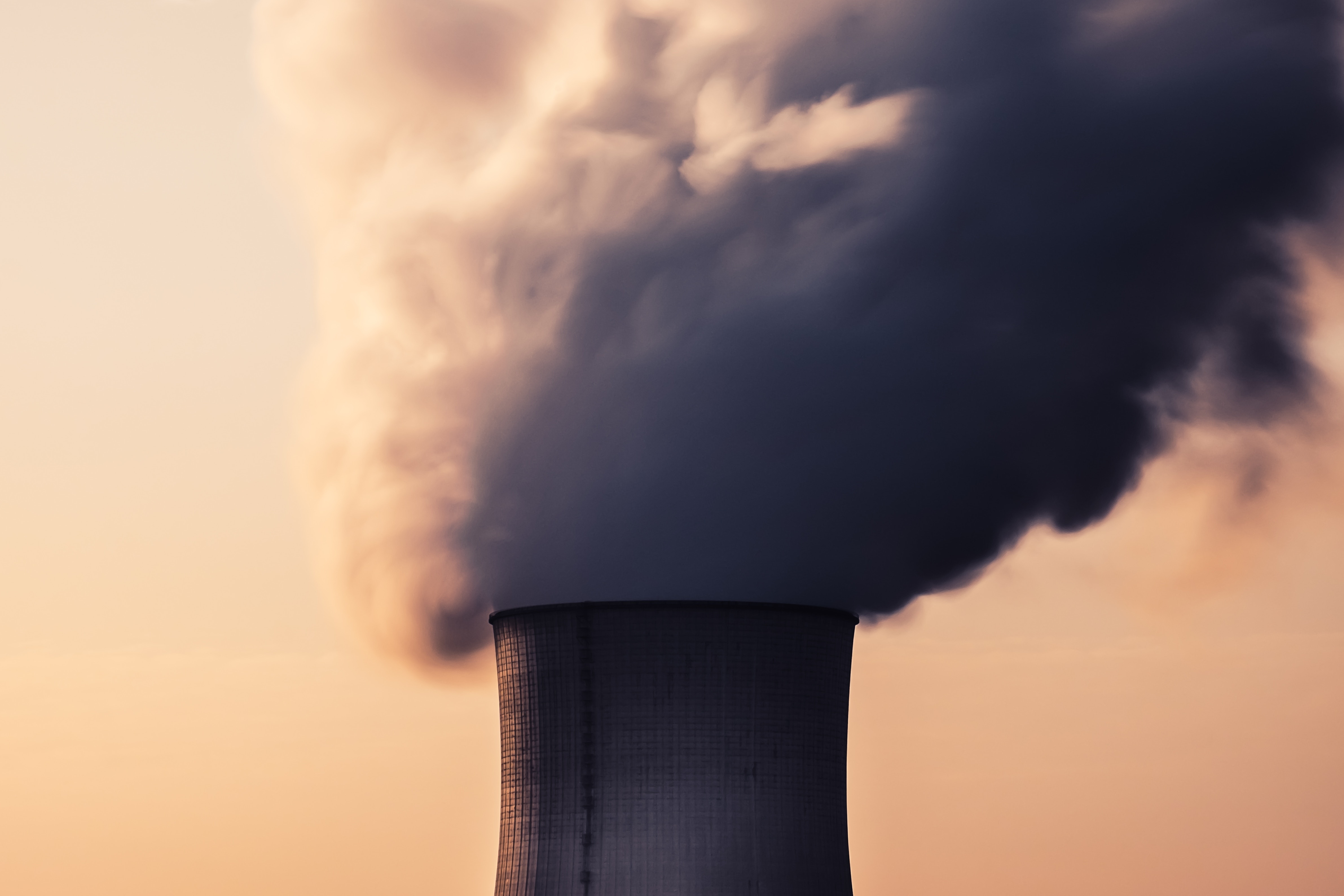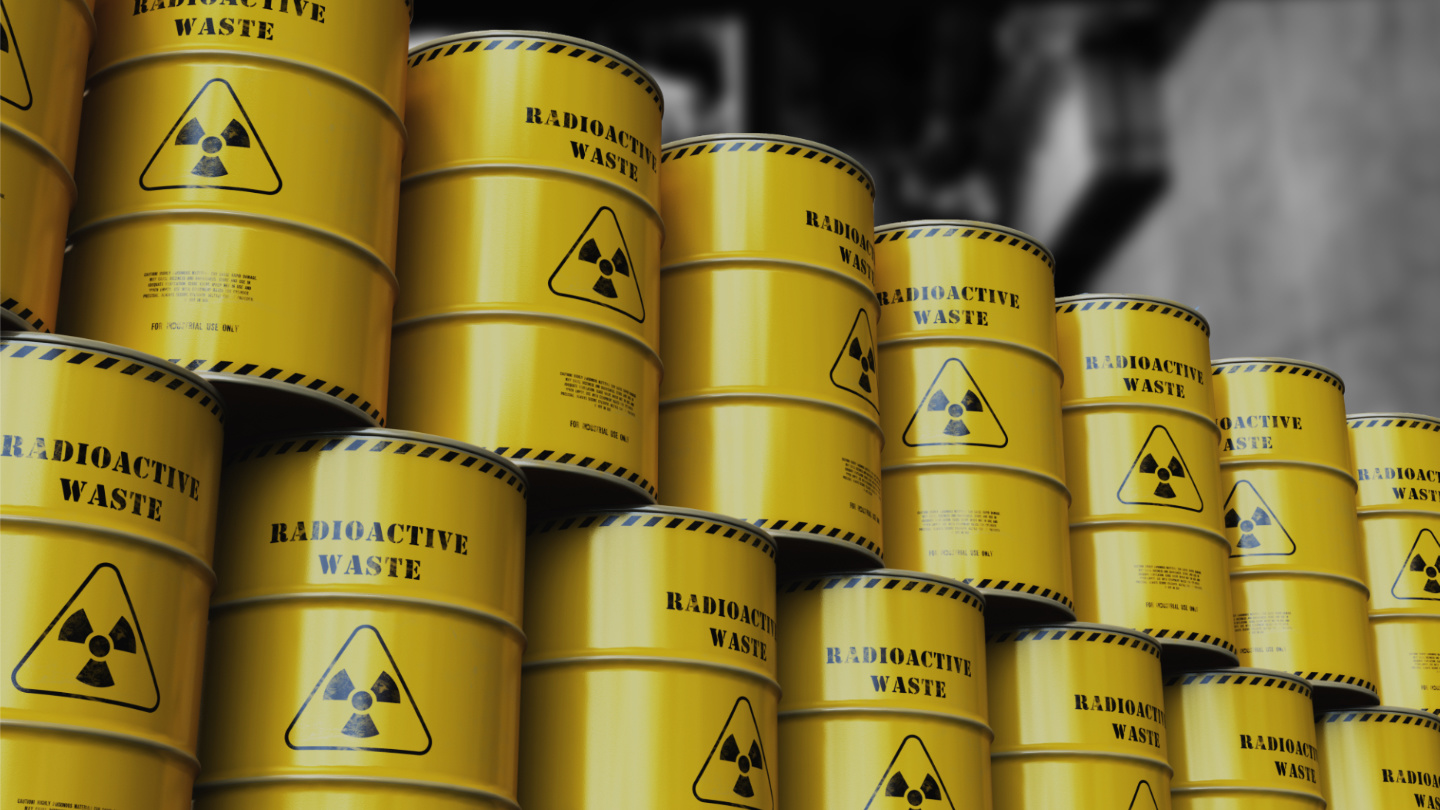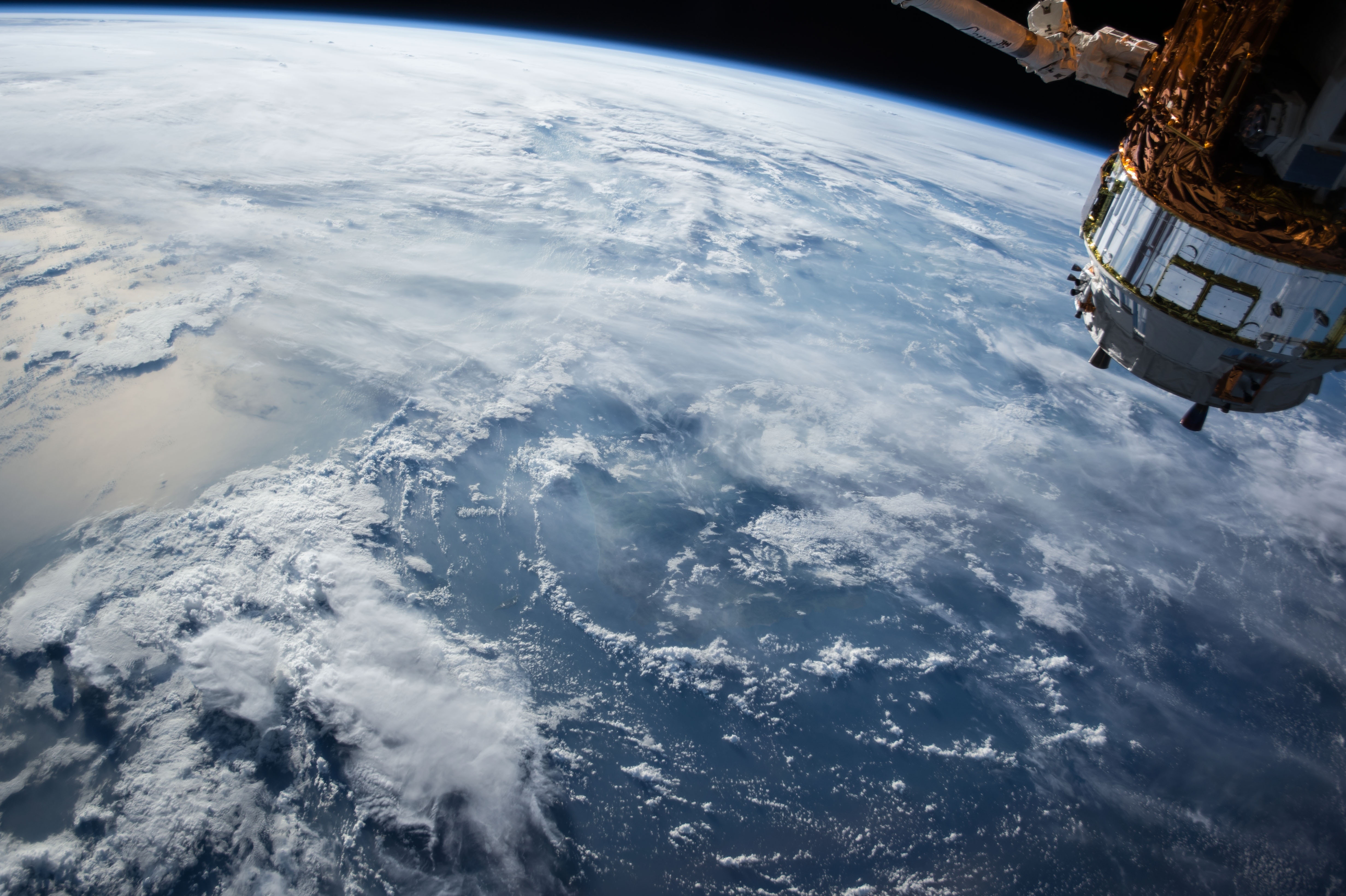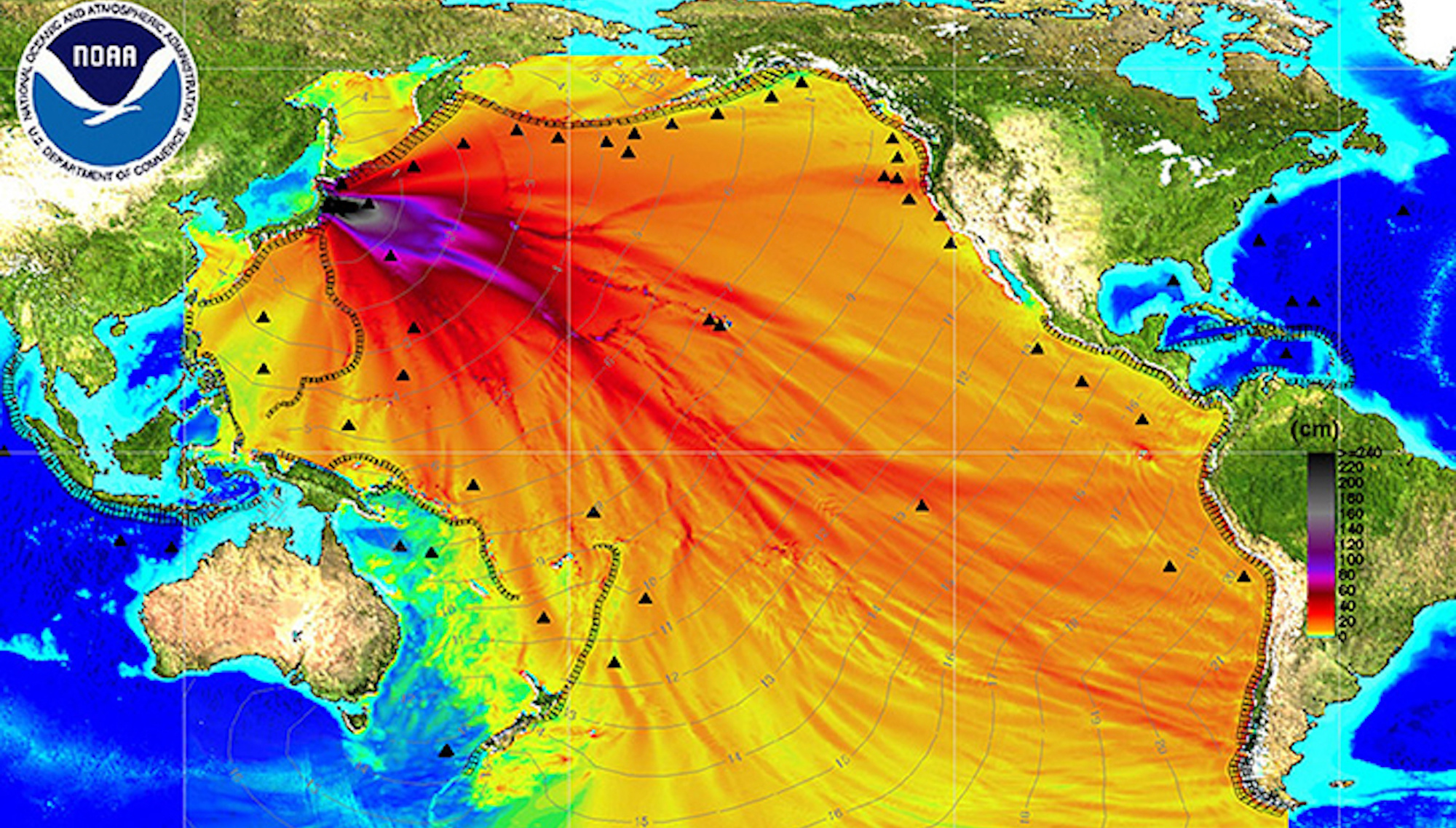nuclear energy
Although everyone knows that coal-based energy is a thing of the past, declarations about nuclear power plants somehow do not want to enter into force.
Utilizing nuclear waste converted to diamonds, this company’s batteries will reportedly last thousands of years in some cases.
Princeton scientists find a new way to control nuclear fusion reactions.
It’s made from Chernobyl water and rye. What could possibly go wrong?
Russia’s state-owned nuclear corporation Rosatom denies the allegations.
A glimpse into what a sustainable, inclusive future will look like.
It makes no “makes no economic or energy sense.”
Lasers could cut lifespan of nuclear waste from “a million years to 30 minutes,” says Nobel laureate
Physicist plans to karate-chop them with super-fast blasts of light.
While there’s plenty to be worried about, it’s important to remember that we’re making progress, too.
In a breakthrough for nuclear fusion research, scientists at China’s Experimental Advanced Superconducting Tokamak (EAST) reactor have produced temperatures necessary for nuclear fusion on Earth.
The greatest danger to our planet is not pollution or climate change, but our own despair.
The most impactful technology inventions in history are ranked.
